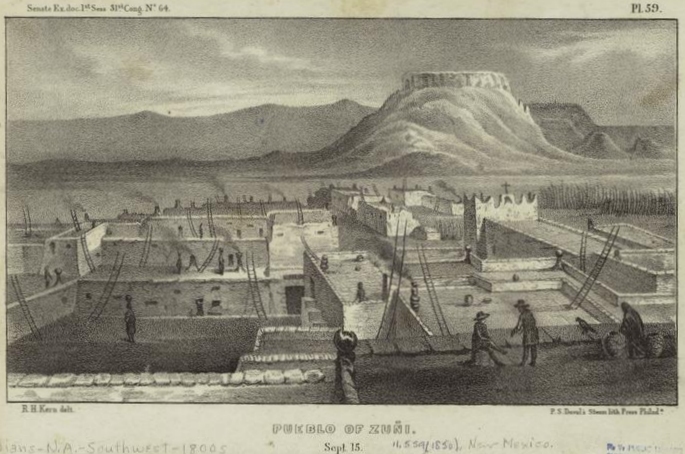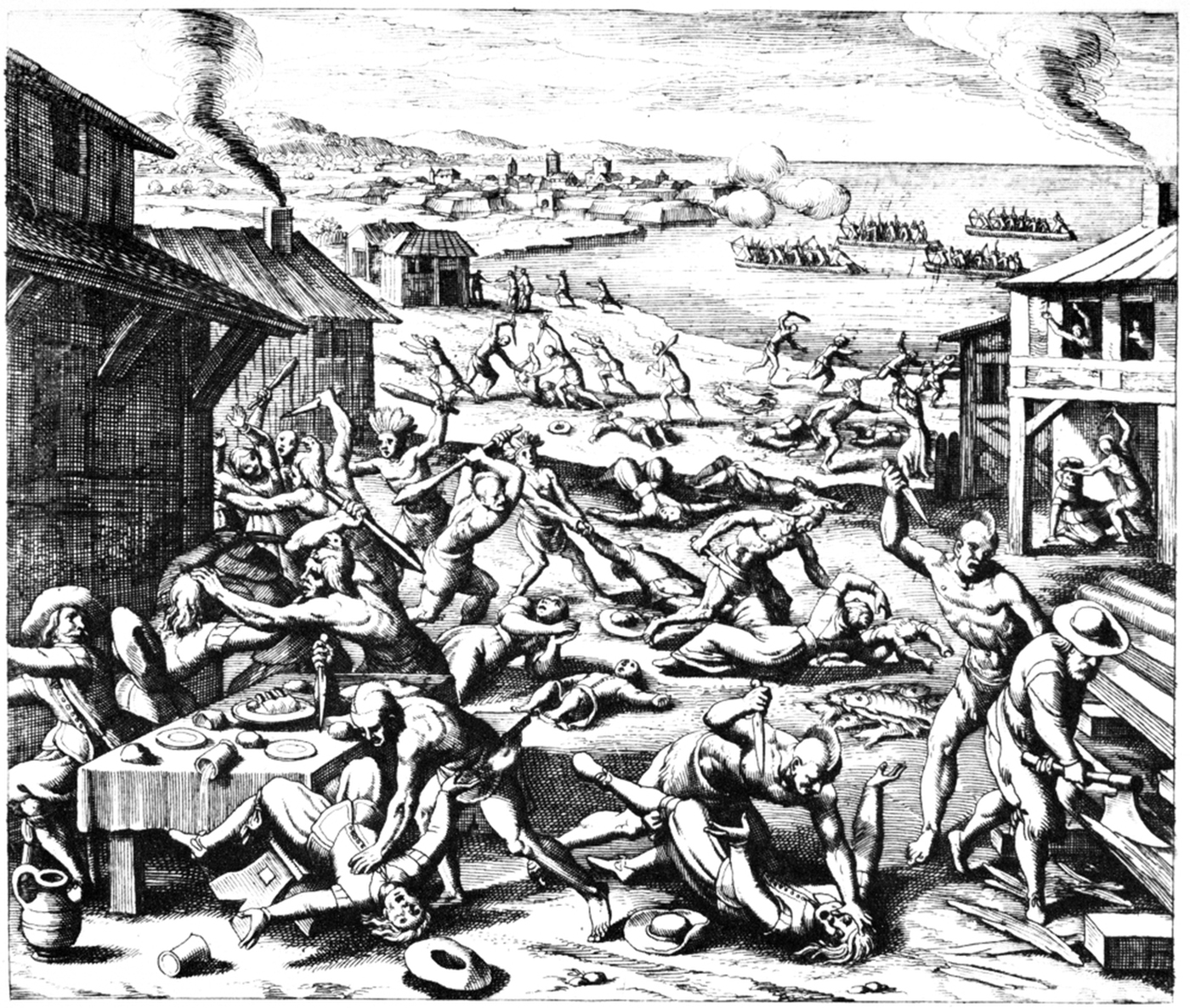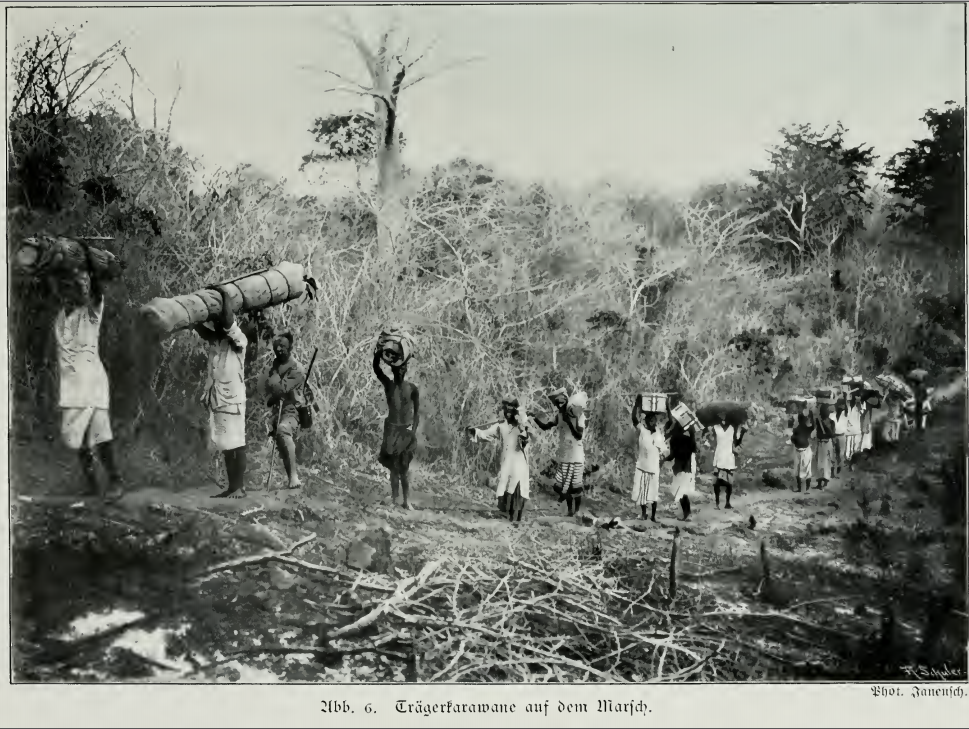|
Sitgreaves Expedition
The Sitgreaves Expedition Down the Zuni and Colorado Rivers in 1851 was a combined American scientific and military mission to explore the Zuni River, the Little Colorado River and the Colorado River in 1851. Setting out from northern New Mexico, the expedition traveled west across Arizona and then south along the Colorado to Fort Yuma in California. Mohave native Americans attacked the explorers during their trek across the desert and in a short battle the natives were repulsed.http://www.mohavedesert.net/mohave-indians/us-01.html Expedition Since the Mexican Cession of 1848, topographers, naturalists and other enthusiasts had wanted to explore two of the largest rivers in the newly acquired lands so in 1850, an expedition was organized for that purpose. United States Army commanders were also interested in the area as tension with the Mormons was high and war was expected. Specifically the expedition was sent to map the riverways and determine if they could be navigated by ... [...More Info...] [...Related Items...] OR: [Wikipedia] [Google] [Baidu] |
American Indian Wars
The American Indian Wars, also known as the American Frontier Wars, and the Indian Wars, were fought by European governments and colonists in North America, and later by the United States and Canadian governments and American and Canadian settlers, against various American Indian and First Nation tribes. These conflicts occurred in North America from the time of the earliest colonial settlements in the 17th century until the early 20th century. The various wars resulted from a wide variety of factors, the most common being the desire of settlers and governments for lands that the Indian tribes considered their own. The European powers and their colonies also enlisted allied Indian tribes to help them conduct warfare against each other's colonial settlements. After the American Revolution, many conflicts were local to specific states or regions and frequently involved disputes over land use; some entailed cycles of violent reprisal. As settlers spread westward across North America ... [...More Info...] [...Related Items...] OR: [Wikipedia] [Google] [Baidu] |
Topography
Topography is the study of the forms and features of land surfaces. The topography of an area may refer to the land forms and features themselves, or a description or depiction in maps. Topography is a field of geoscience and planetary science and is concerned with local detail in general, including not only relief, but also natural, artificial, and cultural features such as roads, land boundaries, and buildings. In the United States, topography often means specifically ''relief'', even though the USGS topographic maps record not just elevation contours, but also roads, populated places, structures, land boundaries, and so on. Topography in a narrow sense involves the recording of relief or terrain, the three-dimensional quality of the surface, and the identification of specific landforms; this is also known as geomorphometry. In modern usage, this involves generation of elevation data in digital form (DEM). It is often considered to include the graphic representation of t ... [...More Info...] [...Related Items...] OR: [Wikipedia] [Google] [Baidu] |
Woodruff, Arizona
Woodruff is an unincorporated community in Navajo County, Arizona, United States. Woodruff is southeast of Holbrook. Woodruff has a post office with ZIP code 85942. Woodruff was settled in 1876 by a group of members of the Church of Jesus Christ of Latter-day Saints led by Nathan Tenney and including Tenney's son Ammon M. Tenney. It was initially called Tenney's Settlement. In 1878 Lorenzo H. Hatch became the head of the LDS branch there. At that point it was named Woodruff after Wilford Woodruff.Andrew Jenson Andrew Jenson, born Anders Jensen, (December 11, 1850 – November 18, 1941) was a Danish immigrant to the United States who acted as an Assistant Church Historian of the Church of Jesus Christ of Latter-day Saints (LDS Church) for much of the ea .... ''Encyclopedic History of the Church''. (Salt Lake City: Deseret News Press, 1941) p. 963 Demographics As of the census of 2010, there were 191 people, 65 households, and 49 families residing in Woodruff. References ... [...More Info...] [...Related Items...] OR: [Wikipedia] [Google] [Baidu] |
Petrified Forest National Park
Petrified Forest National Park is an American national park in Navajo County, Arizona, Navajo and Apache County, Arizona, Apache counties in northeastern Arizona. Named for its large deposits of petrified wood, the park covers about , encompassing semi-desert shrub steppe as well as highly eroded and colorful badlands. The park's headquarters is about east of Holbrook, Arizona, Holbrook along Interstate 40 (I-40), which parallels the BNSF Railway's Southern Transcon, the Puerco River, and historic U.S. Route 66, all crossing the park roughly east–west. The site, the northern part of which extends into the Painted Desert, Arizona, Painted Desert, was declared a National monument (United States), national monument in 1906 and a national park in 1962. The park received 644,922 recreational visitors in 2018. Averaging about in elevation, the park has a dry windy climate with temperatures that vary from summer highs of about to winter lows well below freezing. More than 400 specie ... [...More Info...] [...Related Items...] OR: [Wikipedia] [Google] [Baidu] |
Zuni Pueblo, New Mexico
Zuni Pueblo (also Zuñi Pueblo, Zuni: ''Halona Idiwan’a'' meaning ‘Middle Place’) is a census-designated place (CDP) in McKinley County, New Mexico, United States. The population was 6,302 as of the 2010 Census. It is inhabited largely by members of the Zuni people (''A:shiwi''). The first contact with Spaniards occurred in 1539 in the ancient village of Hawikku when Esteban, an Arab/Berber of Moroccan origin, entered Zuni territory seeking the fabled "Seven Cities of Cibola" and when Marco da Nizza, an Italian franciscan, reached Zuni Pueblo and called it ''Cibola''. It is on the Trails of the Ancients Byway, one of the designated New Mexico Scenic Byways.Trail of the Ancients. New Mexico Tourism Department. Retrieved August 14, 2014. Geography Zuni Pueblo is located at (35.069327, -108.846716) ...[...More Info...] [...Related Items...] OR: [Wikipedia] [Google] [Baidu] |
Porter (carrier)
A porter, also called a bearer, is a person who carries objects or cargo for others. The range of services conducted by porters is extensive, from shuttling luggage aboard a train (a railroad porter) to bearing heavy burdens at altitude in inclement weather on multi-month mountaineering expeditions. They can carry items on their backs (backpack) or on their heads. The word "porter" derives from the Latin ''portare'' (to carry). The use of humans to transport cargo dates to the ancient world, prior to domesticating animals and development of the wheel. Historically it remained prevalent in areas where slavery was permitted, and exists today where modern forms of mechanical conveyance are impractical or impossible, such as in mountainous terrain, or thick jungle or forest cover. Over time slavery diminished and technology advanced, but the role of porter for specialized transporting services remains strong in the 21st century. Examples include bellhops at hotels, redcaps at ... [...More Info...] [...Related Items...] OR: [Wikipedia] [Google] [Baidu] |
United States Army Corps Of Topographical Engineers
The U.S. Army Corps of Topographical Engineers was a branch of the United States Army authorized on 4 July 1838. It consisted only of officers who were handpicked from West Point and was used for mapping and the design and construction of federal civil works such as lighthouses and other coastal fortifications and navigational routes. Members included such officers as George Meade, John C. Frémont, Thomas J. Cram and Stephen Long. It was merged with the United States Army Corps of Engineers on 31 March 1863, at which point the Corps of Engineers also assumed the Lakes Survey for the Great Lakes. In the mid-19th century, Corps of Engineers' officers ran Lighthouse Districts in tandem with U.S. Naval officers. In 1841, Congress created the Lake Survey. The Survey, based in Detroit, Mich., was charged with conducting a hydrographical survey of the Northern and Northwestern Lakes and preparing and publishing nautical charts and other navigation aids. The Lake Survey published its ... [...More Info...] [...Related Items...] OR: [Wikipedia] [Google] [Baidu] |
Captain (land)
The army rank of captain (from the French ) is a commissioned officer rank historically corresponding to the command of a company of soldiers. The rank is also used by some air forces and marine forces. Today, a captain is typically either the commander or second-in-command of a company or artillery battery (or United States Army cavalry troop or Commonwealth squadron). In the Chinese People's Liberation Army, a captain may also command a company, or be the second-in-command of a battalion. In some militaries, such as United States Army and Air Force and the British Army, captain is the entry-level rank for officer candidates possessing a professional degree, namely, most medical professionals (doctors, pharmacists, dentists) and lawyers. In the U.S. Army, lawyers who are not already officers at captain rank or above enter as lieutenants during training, and are promoted to the rank of captain after completion of their training if they are in the active component, or af ... [...More Info...] [...Related Items...] OR: [Wikipedia] [Google] [Baidu] |
Old West
The American frontier, also known as the Old West or the Wild West, encompasses the geography, history, folklore, and culture associated with the forward wave of American expansion in mainland North America that began with European colonial settlements in the early 17th century and ended with the admission of the last few western territories as states in 1912 (except Alaska, which was not admitted into the Union until 1959). This era of massive migration and settlement was particularly encouraged by President Thomas Jefferson following the Louisiana Purchase, giving rise to the expansionist attitude known as "Manifest Destiny" and the historians' " Frontier Thesis". The legends, historical events and folklore of the American frontier have embedded themselves into United States culture so much so that the Old West, and the Western genre of media specifically, has become one of the defining periods of American national identity. The archetypical Old West period is generally ac ... [...More Info...] [...Related Items...] OR: [Wikipedia] [Google] [Baidu] |
Steamship
A steamship, often referred to as a steamer, is a type of steam-powered vessel, typically ocean-faring and seaworthy, that is propelled by one or more steam engines that typically move (turn) propellers or paddlewheels. The first steamships came into practical usage during the early 1800s; however, there were exceptions that came before. Steamships usually use the prefix designations of "PS" for ''paddle steamer'' or "SS" for ''screw steamer'' (using a propeller or screw). As paddle steamers became less common, "SS" is assumed by many to stand for "steamship". Ships powered by internal combustion engines use a prefix such as "MV" for ''motor vessel'', so it is not correct to use "SS" for most modern vessels. As steamships were less dependent on wind patterns, new trade routes opened up. The steamship has been described as a "major driver of the first wave of trade globalization (1870–1913)" and contributor to "an increase in international trade that was unprecedented in hu ... [...More Info...] [...Related Items...] OR: [Wikipedia] [Google] [Baidu] |
Utah War
The Utah War (1857–1858), also known as the Utah Expedition, Utah Campaign, Buchanan's Blunder, the Mormon War, or the Mormon Rebellion was an armed confrontation between Mormon settlers in the Utah Territory and the armed forces of the US government. The confrontation lasted from May 1857 to July 1858. There were some casualties, most of which were non-Mormon civilians. The war had no notable military battles. Overview In 1857–1858, President James Buchanan sent U.S. forces to the Utah Territory in what became known as the Utah Expedition. The members of the Church of Jesus Christ of Latter-day Saints (LDS Church), known as Mormons or Latter-day Saints, were fearful that the large U.S. military force had been sent to annihilate them and having faced persecution in other areas, made preparations for defense. Though bloodshed was to be avoided, and the U.S. government also hoped that its purpose might be attained without the loss of life, both sides prepared for war. The ... [...More Info...] [...Related Items...] OR: [Wikipedia] [Google] [Baidu] |








